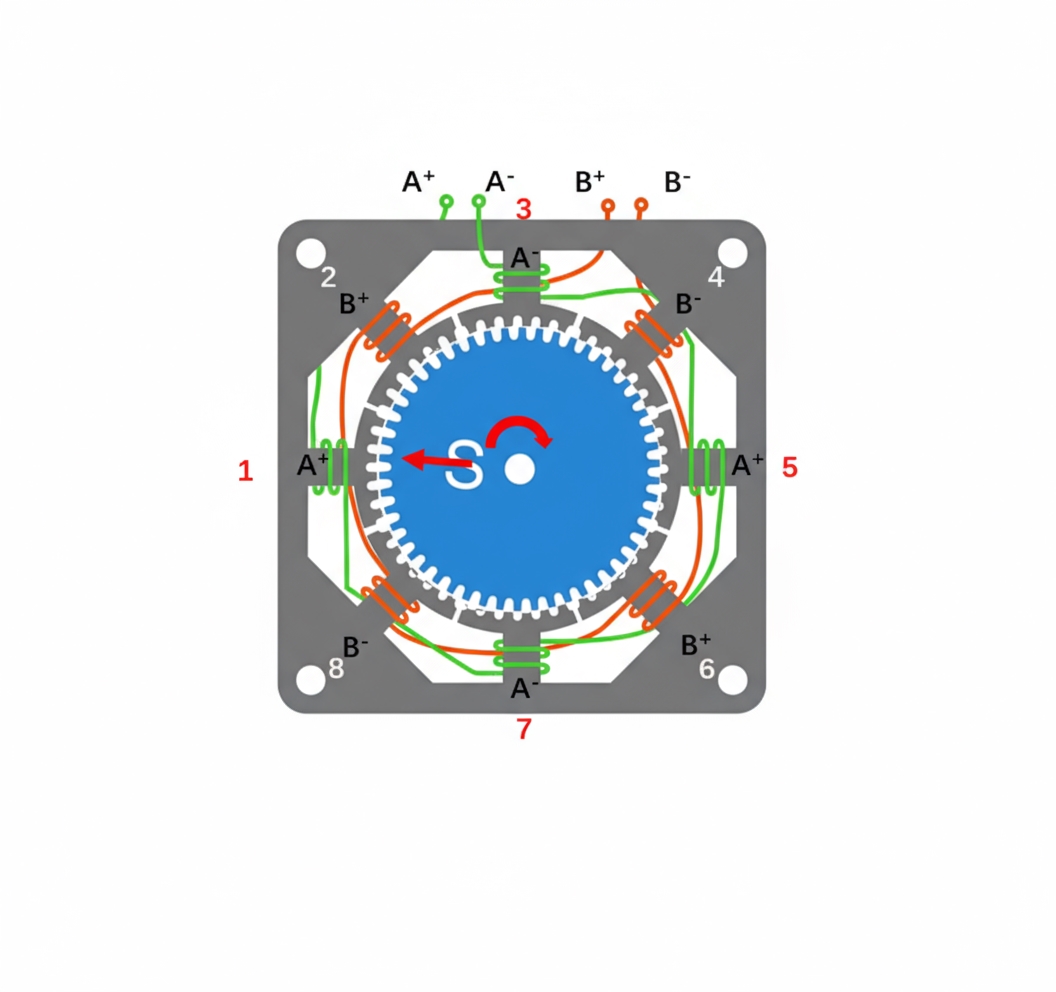
Stepper Motor Operation and Driving Principle
Technical overview of a 42-type stepper motor: construction, 1.8° step/full- and half-step driving, wiring, L298N driver specs, and 8051-based control code

Technical overview of a 42-type stepper motor: construction, 1.8° step/full- and half-step driving, wiring, L298N driver specs, and 8051-based control code
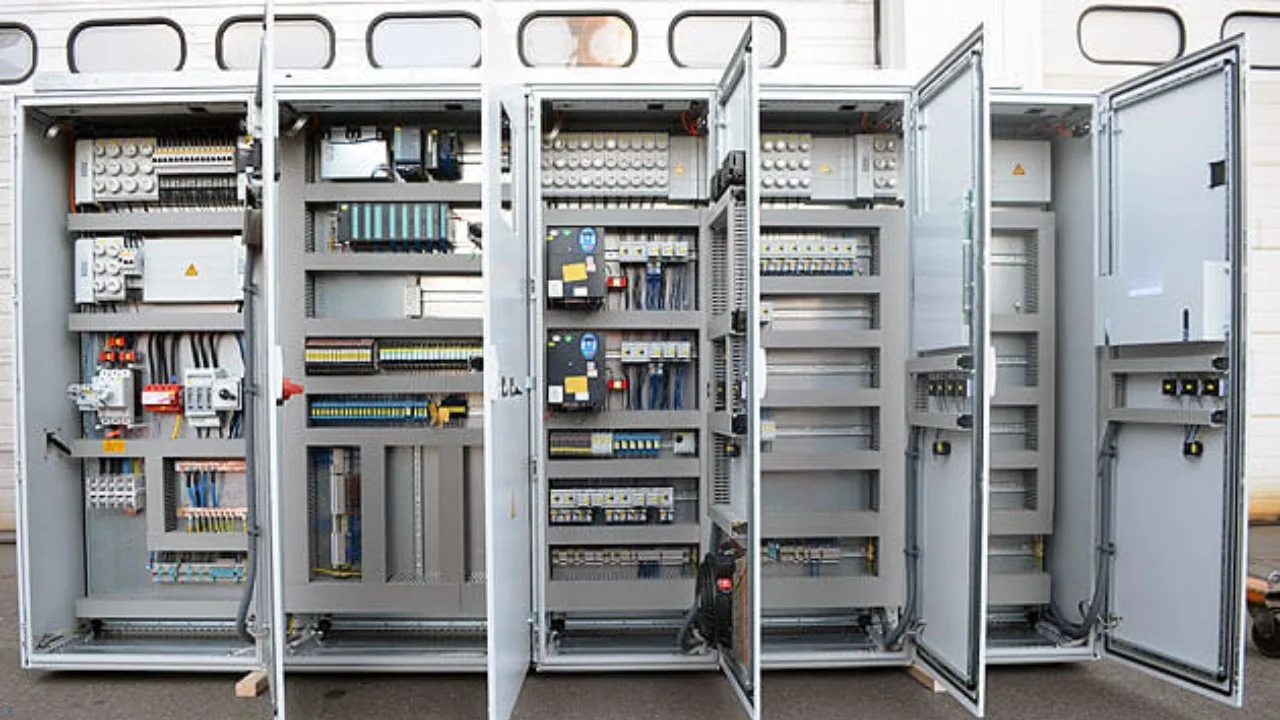
Technical overview of PLC control cabinet components, operating conditions, architecture, and working principle, including I/O image table and scan cycle behavior for automation.

Explains industrial camera frame rate and its relation to exposure time, covering non?overlapped vs overlapped acquisition and a timing example for STC?A202A.
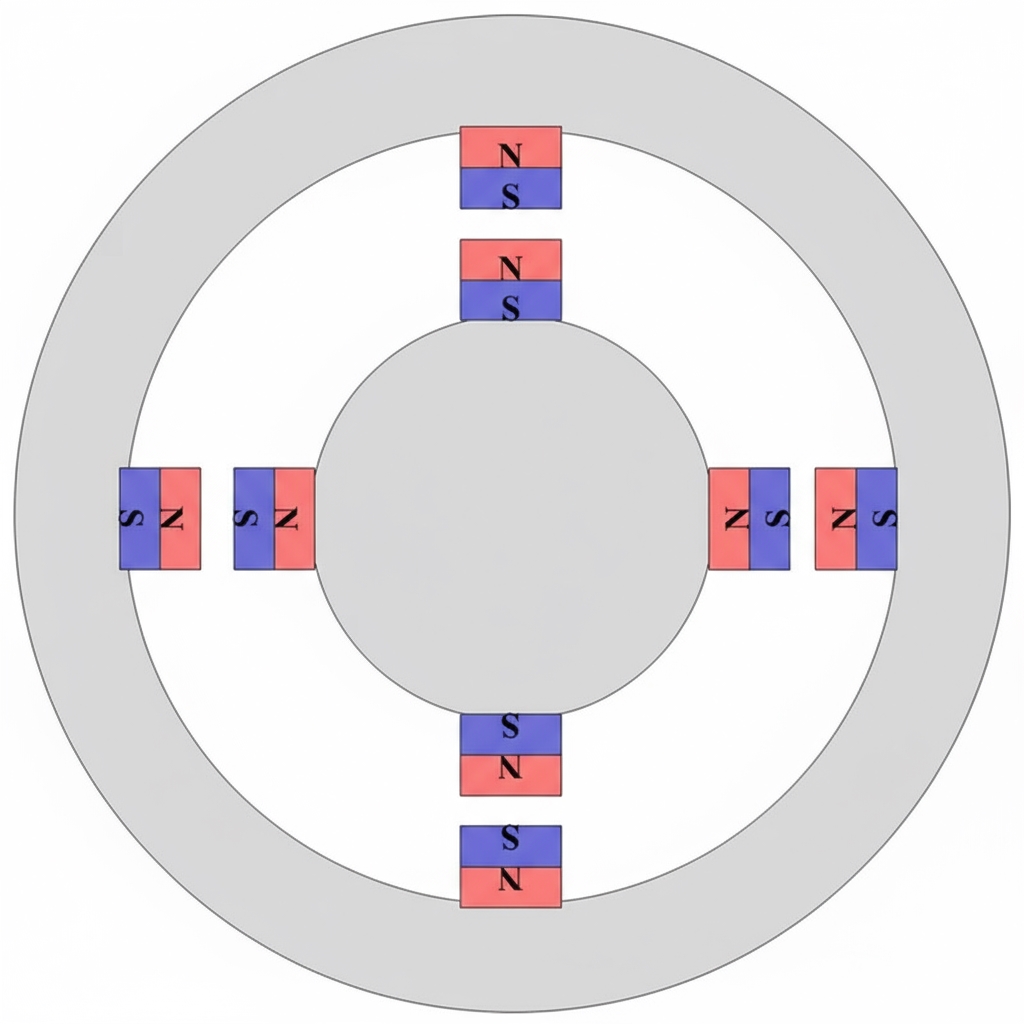
Explains basic motor model and torque from magnetic misalignment, introduces Park transform and DQ axes, and how field-oriented control (FOC) uses Id/Iq to regulate torque.
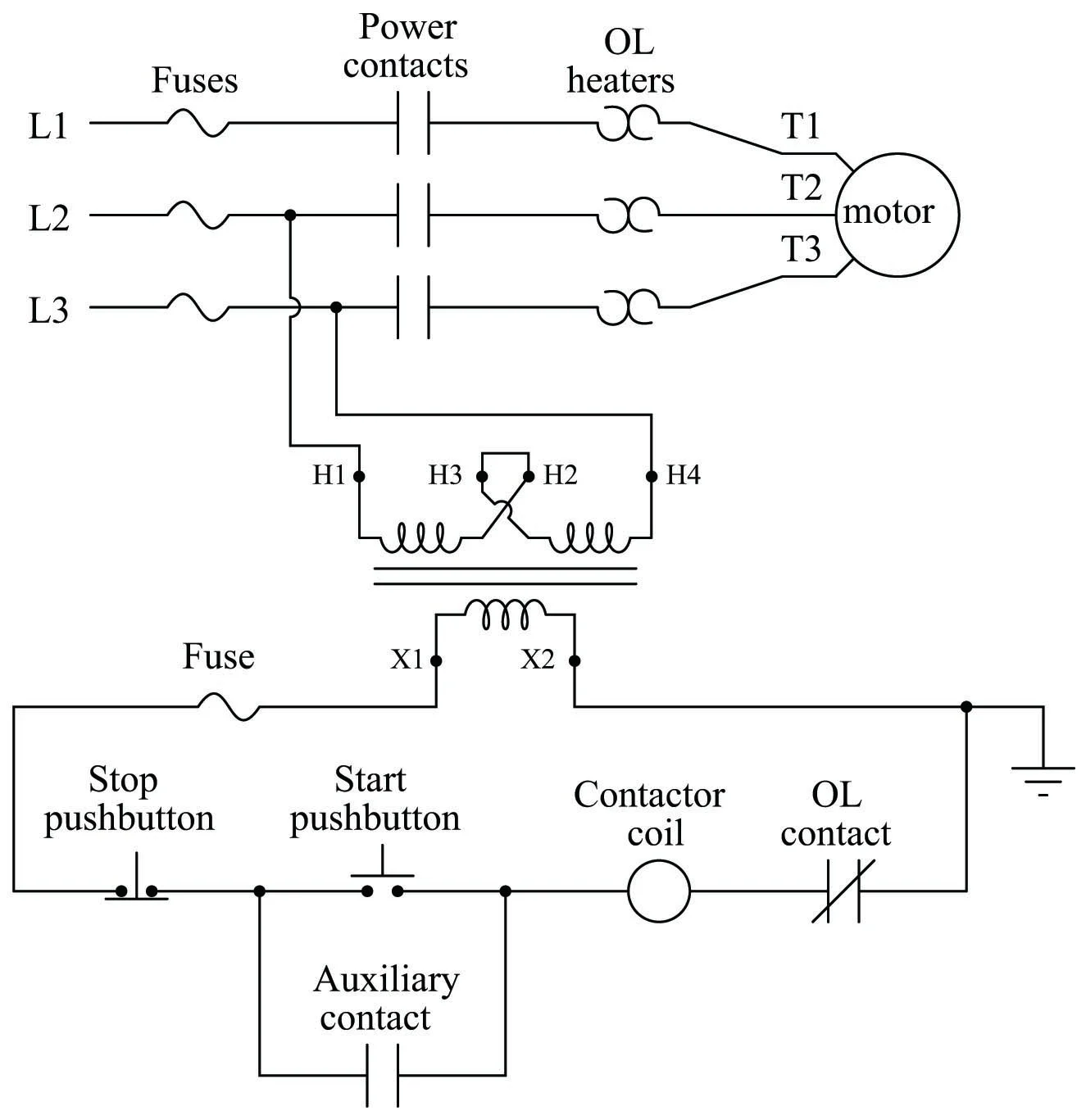
Automatic reciprocating control troubleshooting guide covering common faults, causes and remedies for limit switches, contactors, thermal relays, and phase-loss issues.
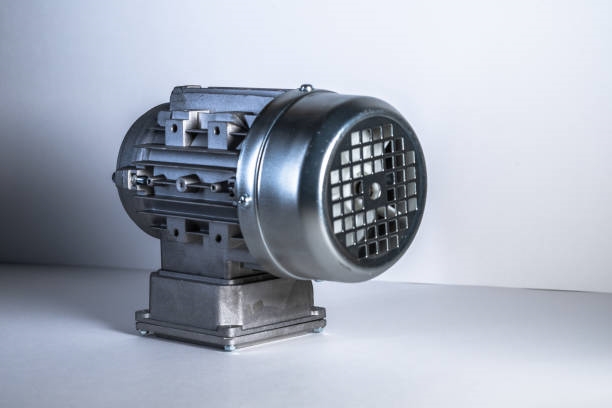
Compare MOSFET H-bridge and motor driver IC solutions for motor control, examining power capability, design complexity, and reliability trade-offs.
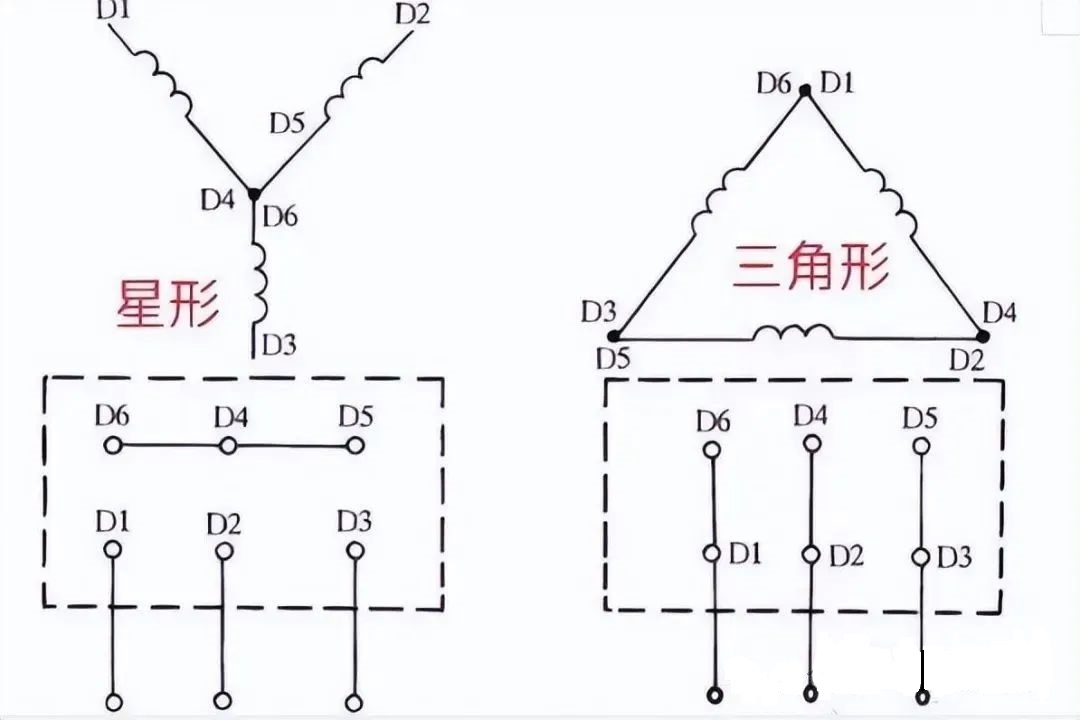
Explains motor wiring for three-phase motors, distinguishing star (Y) and delta (Δ) connections and identifying terminal marks: single horizontal for Y, three vertical for Δ.
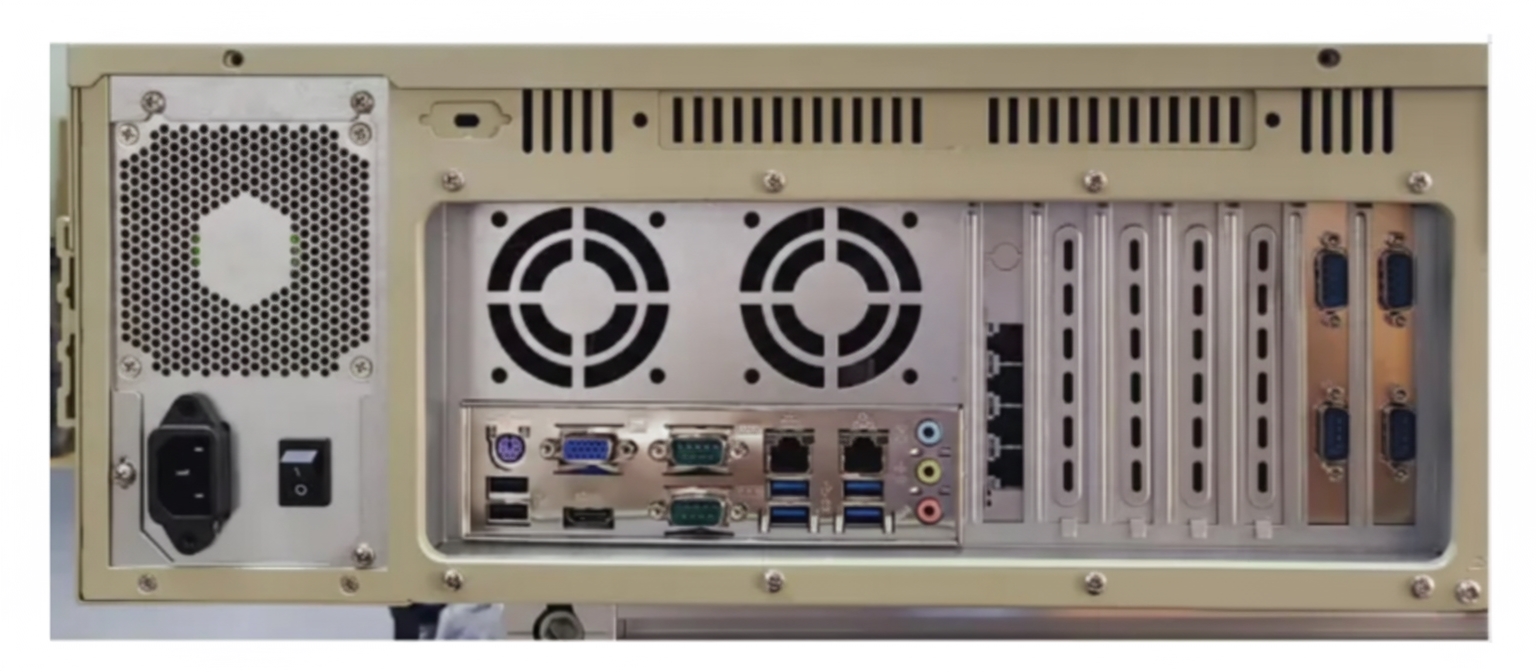
Industrial PC installation and maintenance guide covering grounding, power and environmental controls, EMI avoidance, I/O procedures, backups, and temperature/humidity limits.
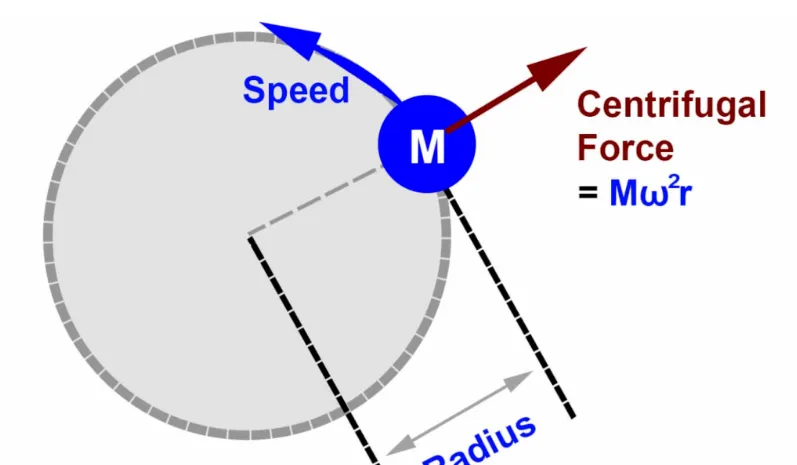
Assessing when carbon fiber winding is required for high-speed rotors vs ultra-high-strength electrical steel, rim-speed thresholds, manufacturing limits and industry suppliers.
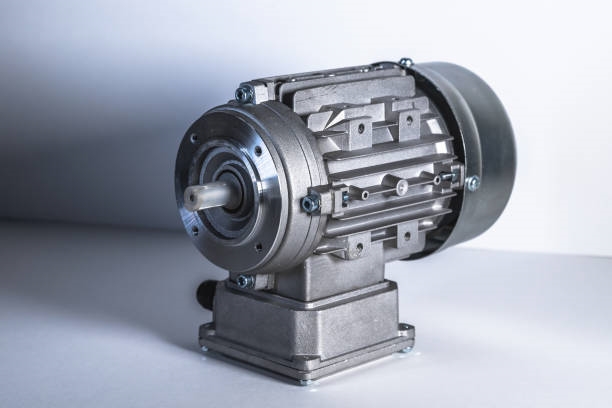
Comparative overview of single-motor vs dual-motor drive systems in new energy vehicles, assessing load distribution, architectures, and durability implications.
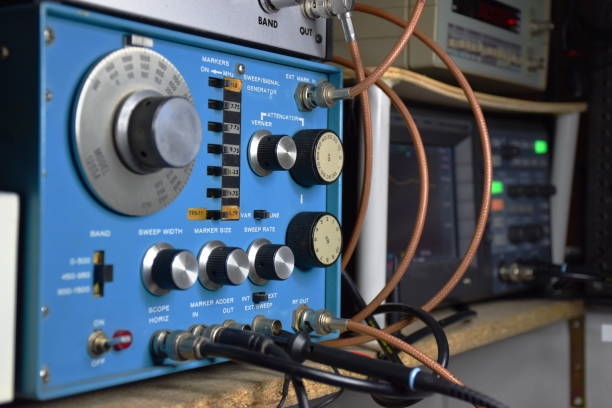
FANUC 0i/0TD CNC troubleshooting: handwheel pulse generator failure, overtravel/ALM701 alarms, and maintenance parameter procedures for diagnostics and temporary fixes.
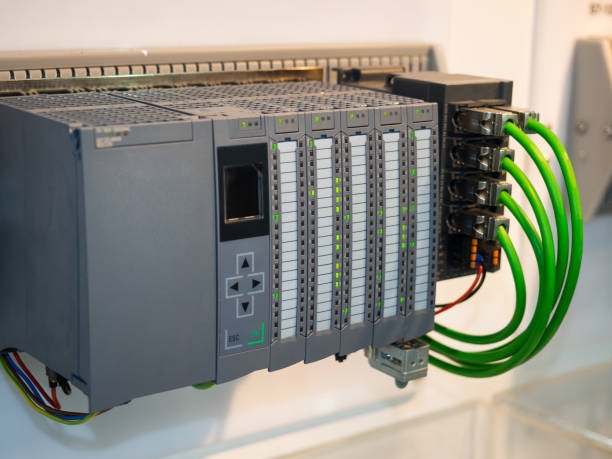
Seven-step PLC commissioning guide for electrical control cabinets covering circuit checks, IO testing, motor and safety verification, PID tuning, and pilot production.
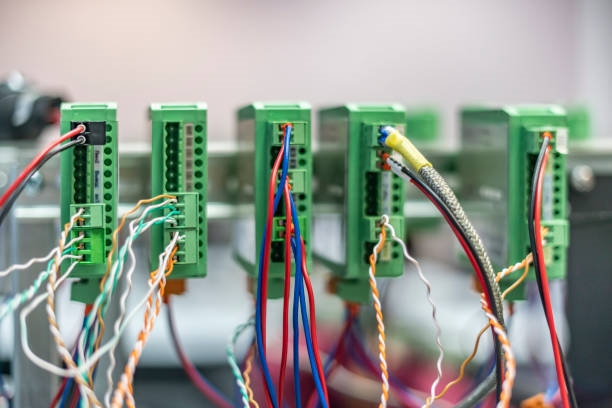
Comparison of PLC and host system roles in industrial control: functions, communication, career paths, travel and salary differences; emphasis on programming skills.

Analysis of motor protection relay installation location, comparing main-circuit (downstream of breaker) and contactor/motor-winding placement to balance coverage and precision.
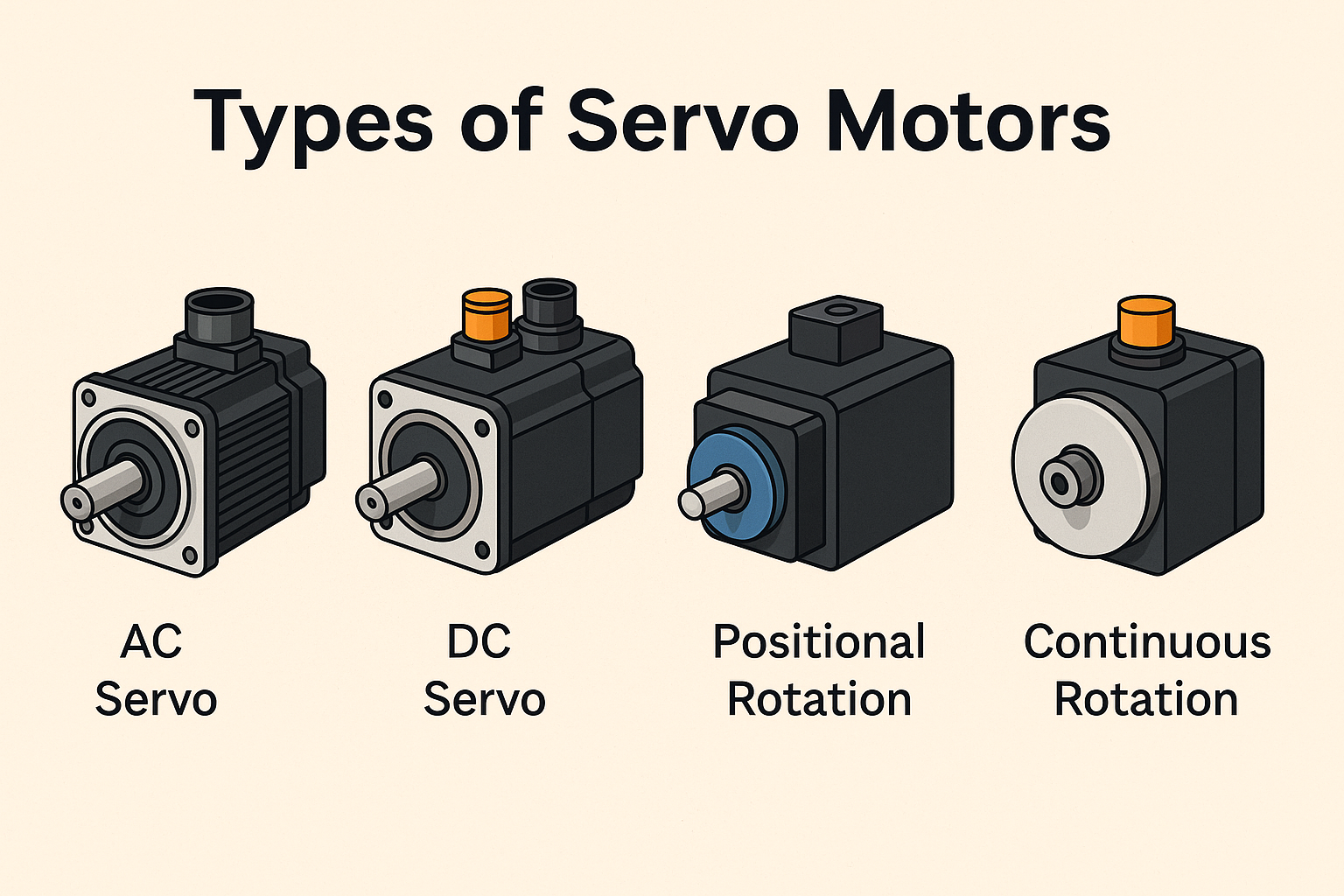
Practical guidance on servo motor selection and sizing for automation: supply types, holding brakes, power and speed calculations, inertia matching, accuracy and control.

Camera selection and lens selection for computer vision: imaging principles, key parameters, line-scan vs area-scan sizing, spatial resolution and focal-length formulas.
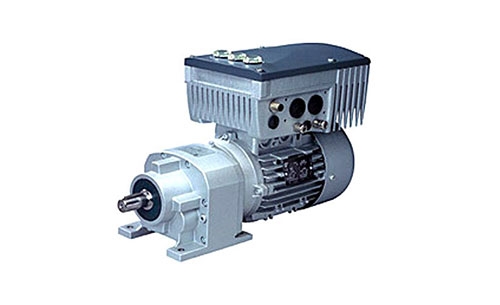
Comparison of variable-frequency motors and standard motors: principles, structural differences, performance (speed control, efficiency, reliability), applications, limitations.
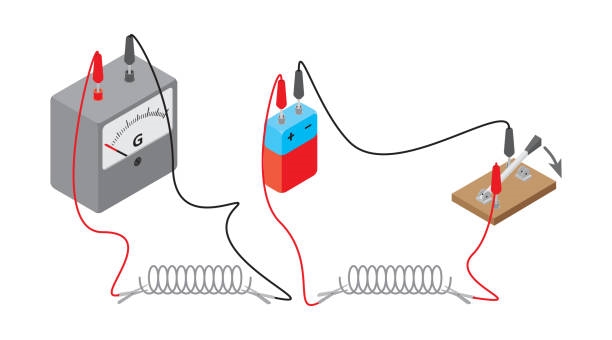
Technical summary of back EMF in permanent-magnet motors: generation, relation to terminal voltage, flux linkage, and factors affecting magnitude (speed, turns, air gap).
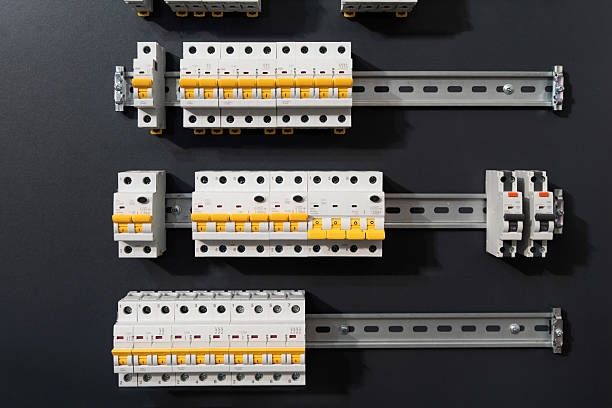
Motor current and cable sizing calculations with transformer kVA, voltage-drop, conductor selection and protective device sizing (breakers, contactors, overload relays).

Overview of five AGV integration approaches (Webservice, intermediate database, HTTP API, TCP/IP+Modbus, custom) with LAN and interface considerations.